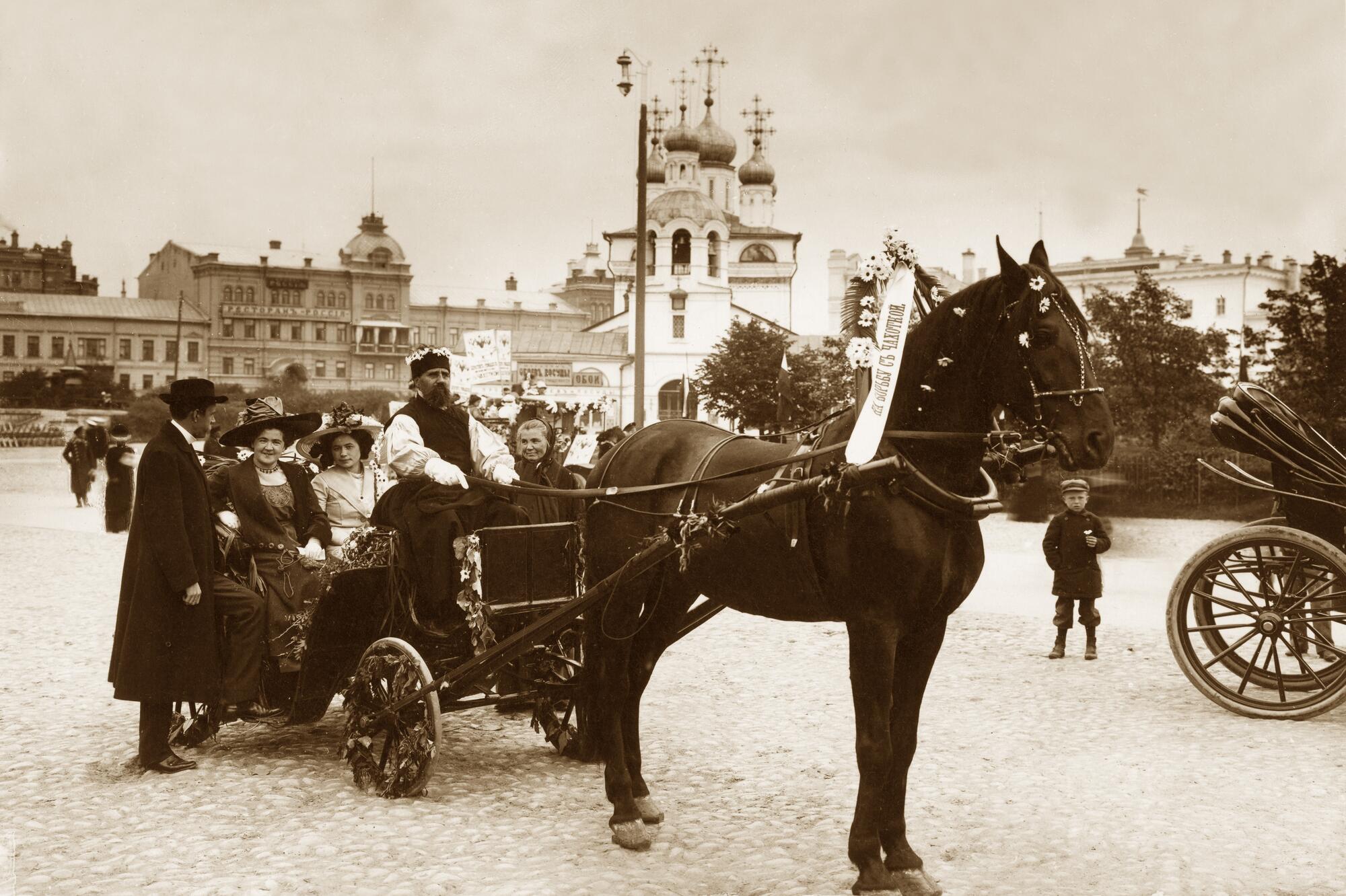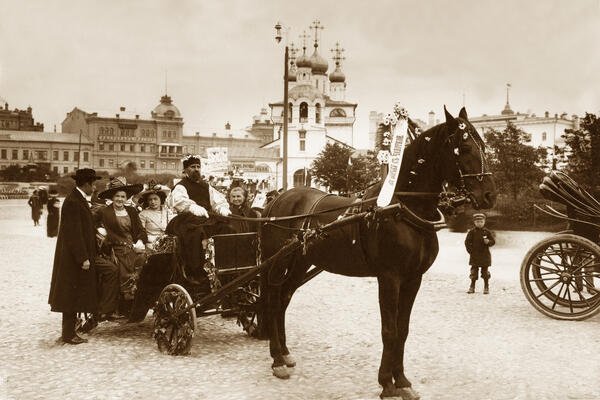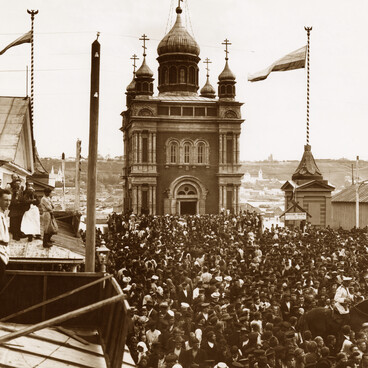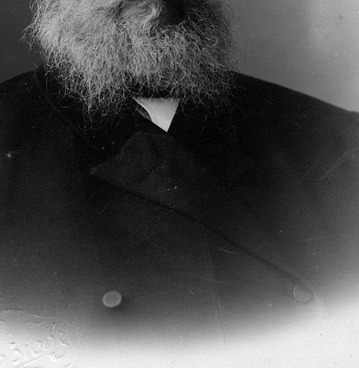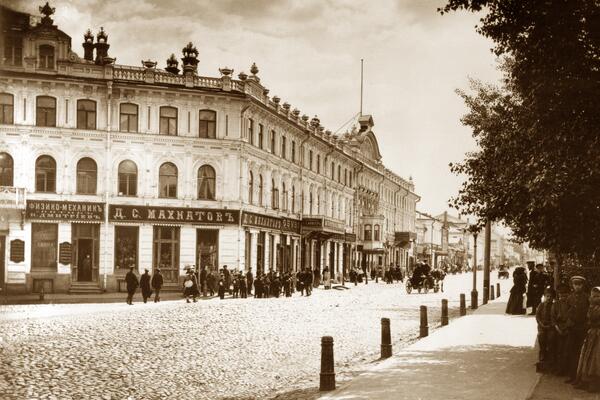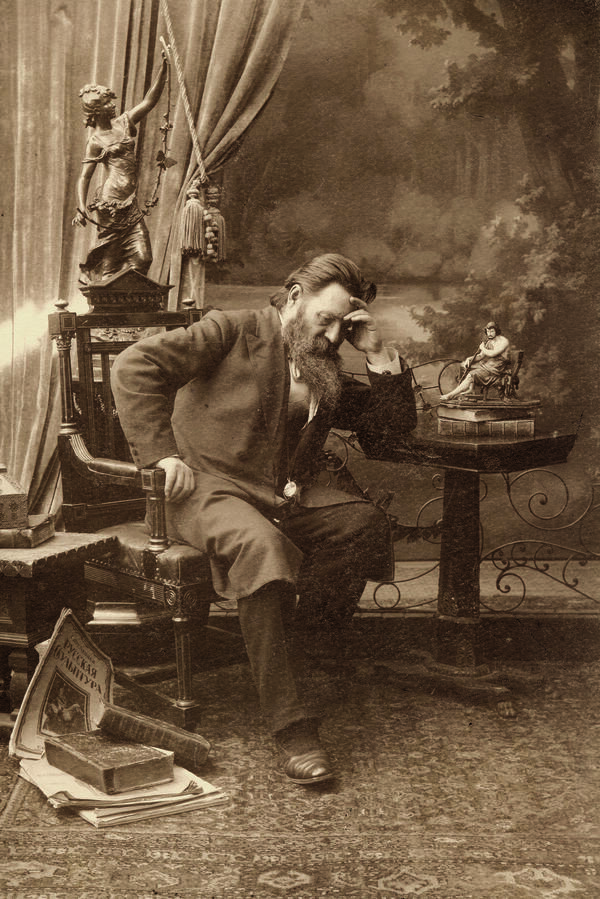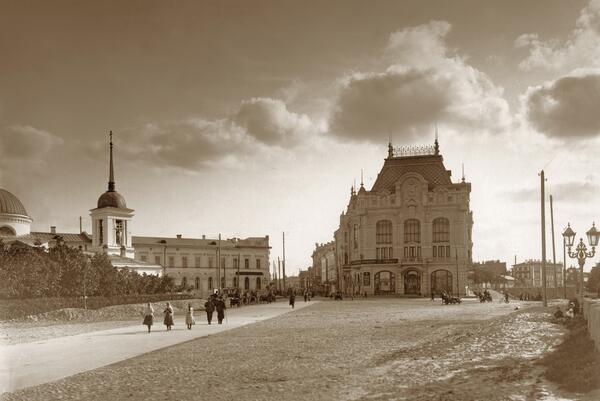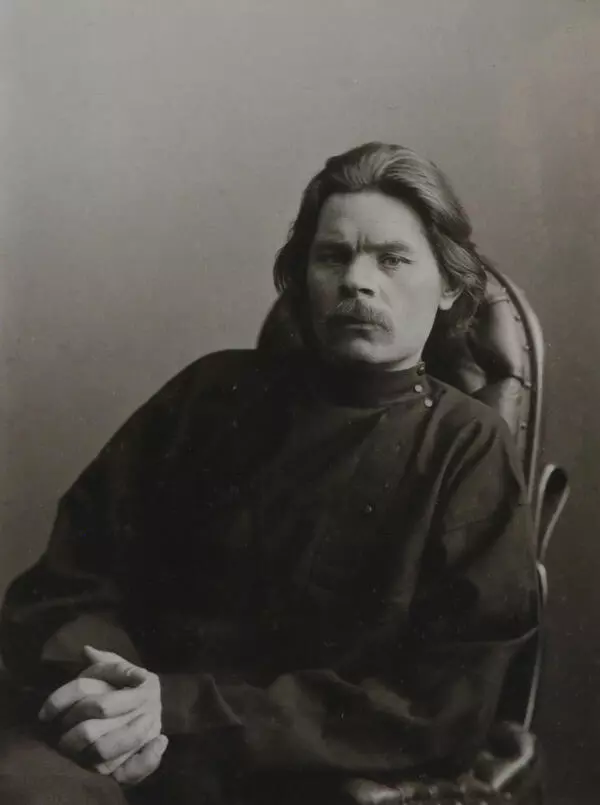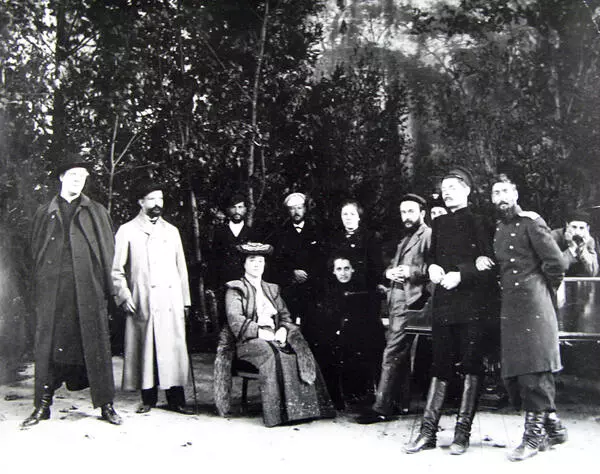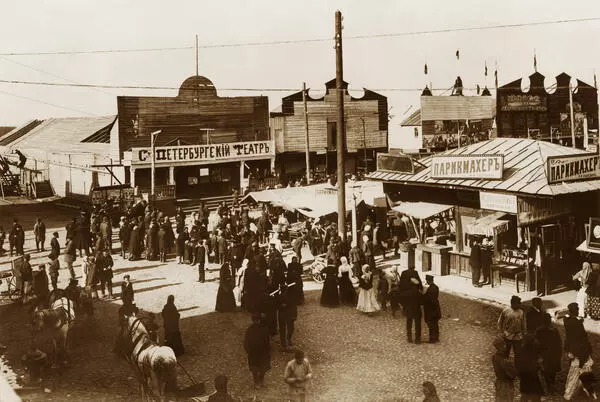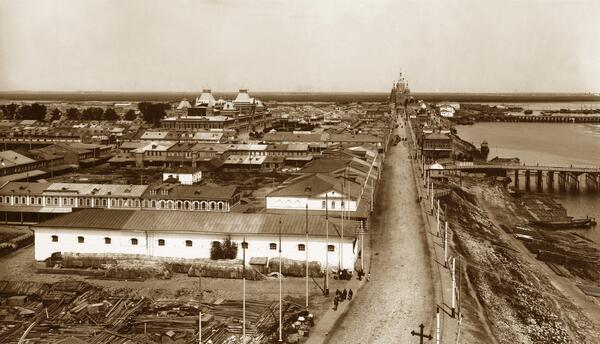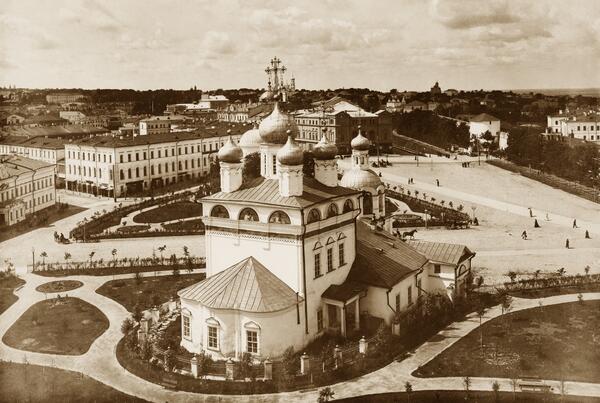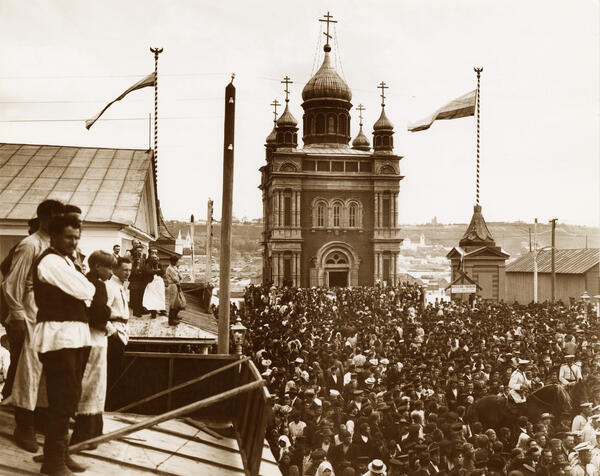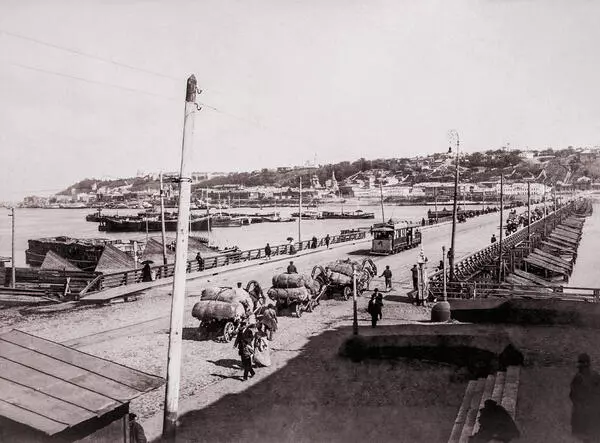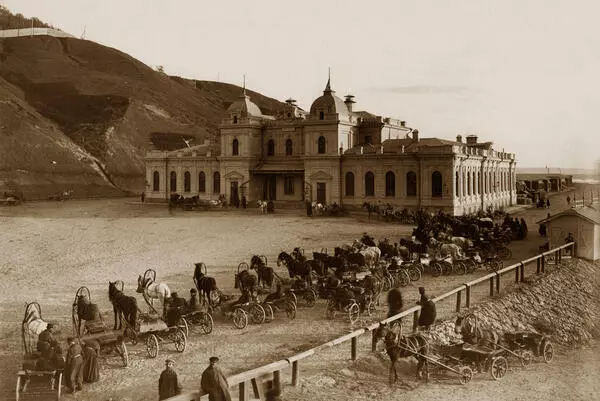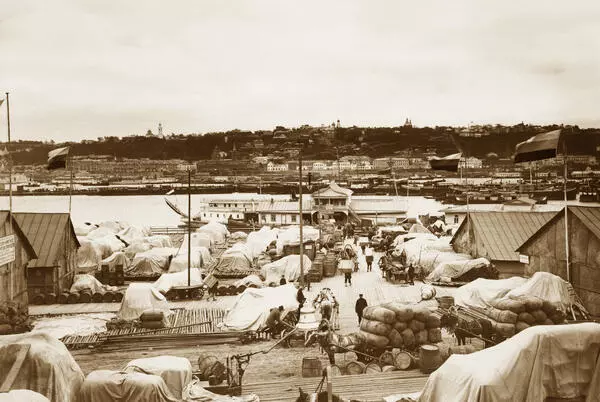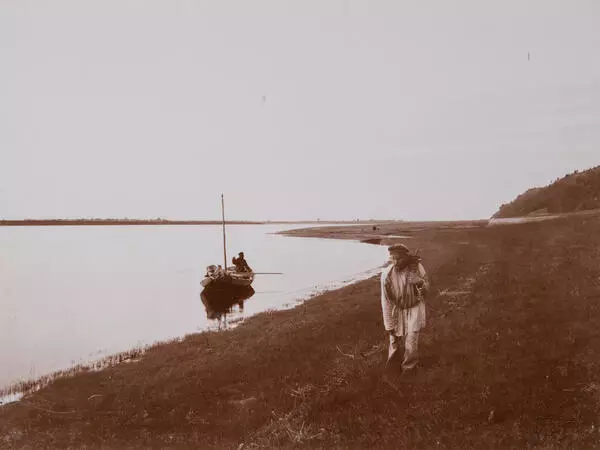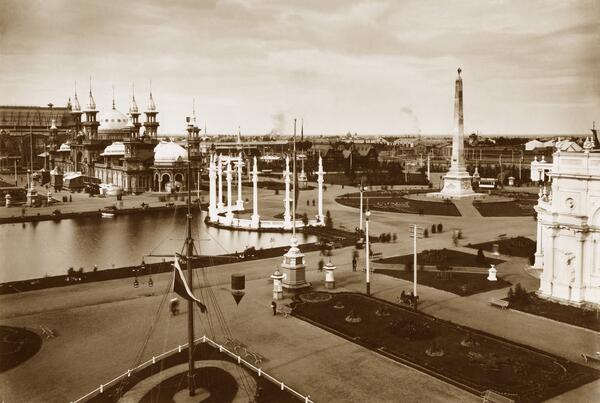At the beginning of the 20th century, the Nizhny Novgorod Governorate ranked among the first in Russia in terms of tuberculosis morbidity. In 1903, there were a total of 9355 tuberculosis patients, of whom more than 3000 died. And there was not a single institution in the governorate for tuberculosis patients to receive medical care.
The first White Daisy Day charitable event took place in the Nizhny Novgorod Governorate on August 12, 1911. On that day, volunteers distributed daisies and collected donations. The amount of one donation varied between 3 kopecks and 35 rubles. The flowers for the action were partly bought elsewhere, but some were supplied by a merchant’s wife named Varvara Mikhailovna Burmistrova (née Rukavishnikova) from her greenhouses free of charge.
The procession on the White Daisy Day followed a certain route: it started on Blagoveshchenskaya Square near the building of the City Duma (now the Palace of Labor), then went along Bolshaya Pokrovskaya Street, Lykovaya Dam, Zelensky Descent, Rozhdestvenskaya Street, and then across the pontoon bridge to the fair. After the procession was over, the volunteers went to their pre-planned positions and raised money until late in the evening.
The “Nizhegorodsky Listok” newspaper printed the following information,